From 1933 to 1945, numerous women were imprisoned by the National Socialists in the Aichach women’s prison, with many of them deported to concentration camps. For decades, there was little interest in them – until the Aichach-Friedberg Women’s Forum network decided to create a memorial for these women. Jacoba Zapf, one of the network’s spokespersons alongside Marion Brülls, shares insights into their work.
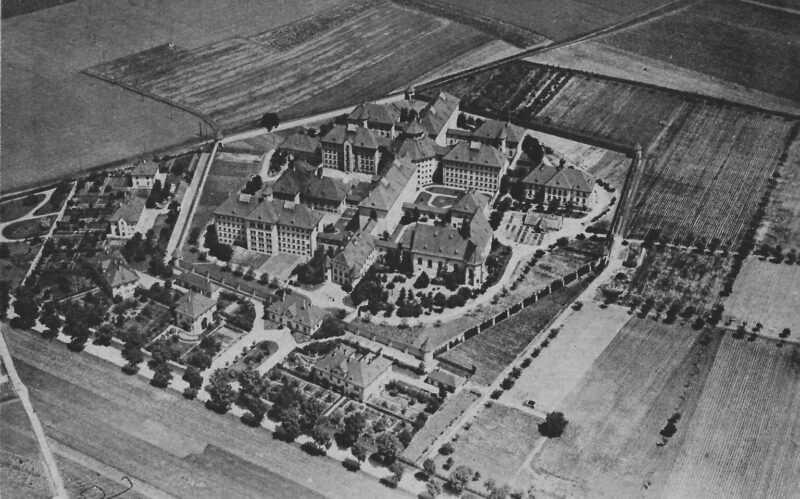
In 1909, a women’s prison was opened in Aichach, near Augsburg in Upper Bavaria. At the time, it was considered a modern institution. According to the 1921 house rules for Bavarian prisons, it »must not disregard the retributive purpose of punishment« but should »primarily focus on the improvement of the prisoner.« This principle changed radically when the National Socialists came to power in 1933. Through new regulations and laws, they systematically excluded anyone who did not fit into the »national community«. Men from the region were sent to Dachau concentration camp, while women were detained in the »correctional facility« in Aichach. The prison, originally designed to hold 550 inmates, soon became overcrowded. By 1934, nearly 700 women were imprisoned there; in 1937, the number exceeded 800, and by 1945, it reached as many as 2,000. Women were not only excluded from society and incarcerated, but many were also forcibly deprived of the ability to have children. Beginning in 1935, over 100 women were subjected to forced sterilisation under the »Law for the Prevention of Hereditarily Diseased Offspring«, including at the municipal hospital in Aichach.
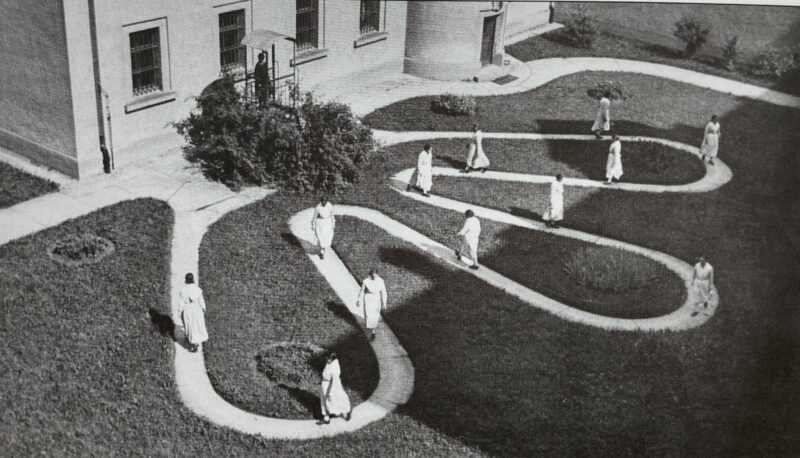
In addition to regular prisoners, political opposition activists, Jewish women, Sintizze and Romnja, forced labourers, and a large group of »preventive detainees« were imprisoned in Aichach. The latter were women who were mostly convicted of repeated minor property offences under the »Habitual Offenders Act« of 1933 and were not released after serving their sentences. They were deemed a danger to the »national community«.
In September 1942, Reichsführer-SS Heinrich Himmler and Reich Minister of Justice Otto Georg Thierack reached an agreement to transfer »asocial elements« from prisons directly and without trial to concentration camps for »extermination through labour«. The agreement affected, among others, those in preventive detention, Jews, Sintizze and Romnja. Around 20,000 people were transferred from various detention centres to concentration camps in the following years, including 362 women from Aichach. Starting in late 1942, two transports of Jewish women as well as Sintizze and Romnja were deported to Auschwitz under the supervision of the local police and with the assistance of prison staff. Beginning in January 1943, five additional transports of Polish prisoners, selected inmates, and women in preventive detention were also sent to Auschwitz. The names of nearly 200 of the 362 deportees are known. Only two of them survived the concentration camps. A significant number remain unnamed.
While a group of women in Aichach has faded into obscurity, women living in and around Aichach today are stepping into the public eye. The Aichach-Friedberg Women’s Forum network began its dedication to promoting equality and women’s rights in the district in the 1990s. They organise panel discussions, lectures, readings, and exhibitions. Over the years, the network has established itself as a key political and cultural institution in the region. Today, the network organises demonstrations against right-wing extremism and is a founding member of the Friedberg Alliance for Democracy and Diversity. They also address historical and political issues: The network successfully campaigned for the renaming of the grammar school in Friedberg, which bore the name of a man involved in the deaths of thousands of concentration camp prisoners. In 2014, the school was renamed.
Two years later, journalist and author Rudolf Stumberger publishes his first articles on the history of the women imprisoned in Aichach. In his critical and alternative city guide »Munich without Lederhosen«, he dedicates a chapter to the »Forgotten Women of Aichach«. He found allies in the Aichach-Friedberg Women’s Forum network. Together, they organised well-attended information events and readings that gained attention in the local press and enabled some relatives of former prisoners to visit the prison. With the support of historian Dr Josef Merkl, the network delved deeply into the history of the women’s prison in Aichach between 1933 and 1945. In 2018, Dr Merkl published a comprehensive academic article on the topic. Increasingly, relatives of former inmates contacted the Women’s Forum, and it was soon clear to all involved that a visible memorial site should be created in Aichach.

The initiative has been warmly received in the district, with both the town of Aichach and the district of Aichach-Friedberg pledging financial and logistical support for the project. A location was quickly identified: the square in front of the town archive and museum. The building, which formerly served as the municipal hospital, was the site where the majority of forced sterilisations were performed. In the summer of 2021, the city announced a competition to design the memorial site and received 67 submissions from an array of artists.
A jury composed of representatives from the city, the district, the Women’s Forum, and the Munich State Archives selected the design by the artist duo Schwarzenfeld. Raphaela Sauer and Michael Meraner created an ensemble consisting of two stelae, one made of marble and the other of graphite.
When the graphite stele is touched, particles remain on the skin. Whoever touches it becomes part of the artwork and carries on the memory.

A QR code is artistically integrated into the graphite stele, guiding visitors who scan it with their phones to the website https://vergessenefrauenvonaichach.com/. The artwork offers a forward-looking perspective, serving as both a source of information and a repository of knowledge. The website is also designed to inspire educational and commemorative initiatives. The memorial was inaugurated in June 2023, and the website continues to be developed. In March 2024, the spokespersons of the network, Jacoba Zapf and Marion Brülls, will be honoured for their commitment – not least for »The Forgotten Women« – with the Bavarian Minister President’s Decoration of Honour.
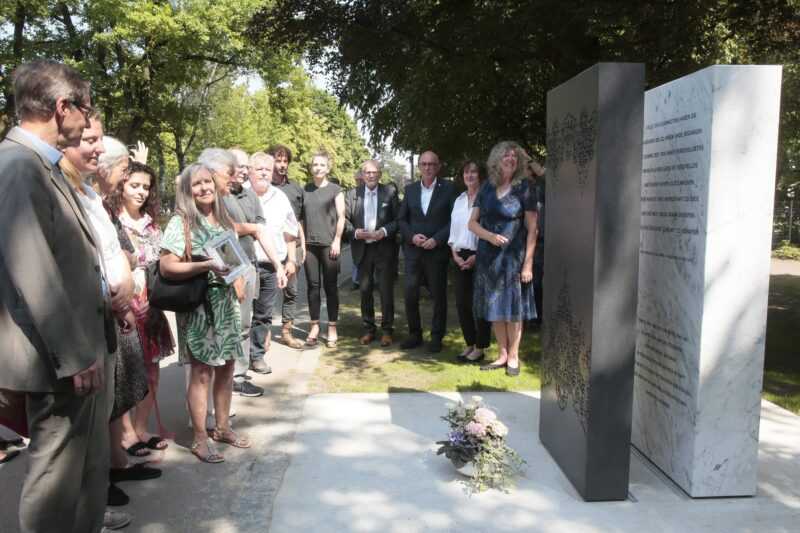
Unveiling of the memorial in June 2023. photo: Erich Echter.
The »forgotten women« are finally being commemorated—not just in Aichach. In Mering, half an hour from Aichach, students at the local grammar school are piecing together the biography of Magdalena Rill. They are researching archival records, examining them in the Munich State Archives, and have applied for a Stolperstein to be laid in her memory. These small memorial plaques are embedded in the ground to honour individuals persecuted, deported, or murdered during National Socialism. In December, the sculptor Gunter Demnig, who initiated the Stolperstein project 30 years ago, laid a memorial stone for Magdalena Rill in Mering. The Women’s Forum network and the school project connected through the memorial’s interactive approach. The memorial serves not only as a place of remembrance but also as a catalyst for active commemoration.
Continue reading:
Franz Josef Merkl: An den Rändern der Volksgemeinschaft – Frauenschicksale in der Strafanstalt Aichach 1933 – 1945, in: Jahrbuch Altbayern in Schwaben. Aichach 2018 (S. 101 – 164).
Rudolf Stumberger: München ohne Lederhosen (kritisch-alternativer Stadtführer, November 1918 bis in die 1960er Jahre). Aschaffenburg 2016.
Nikolaus Wachsmann: Hitler’s Prisons: Legal Terror in Nazi Germany, New Haven, 2004.
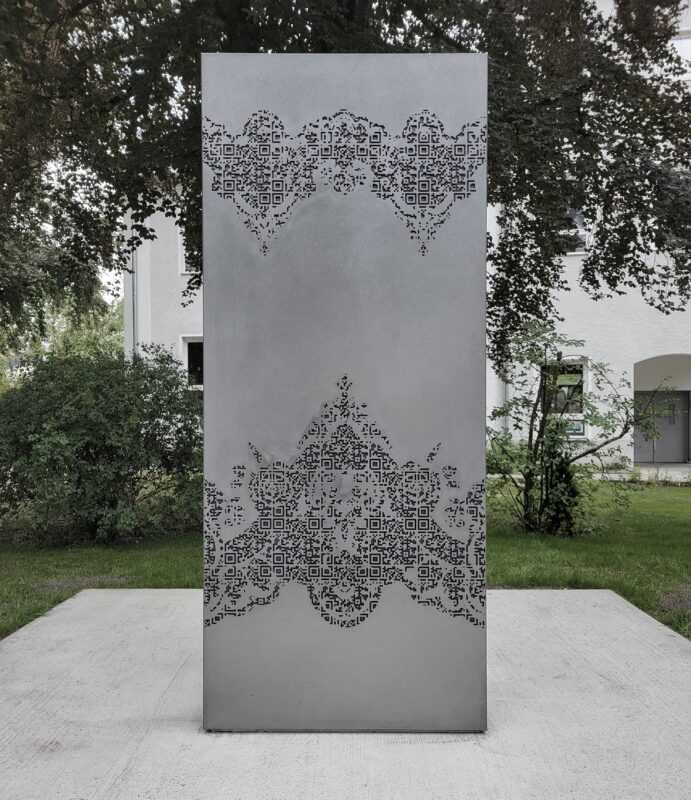

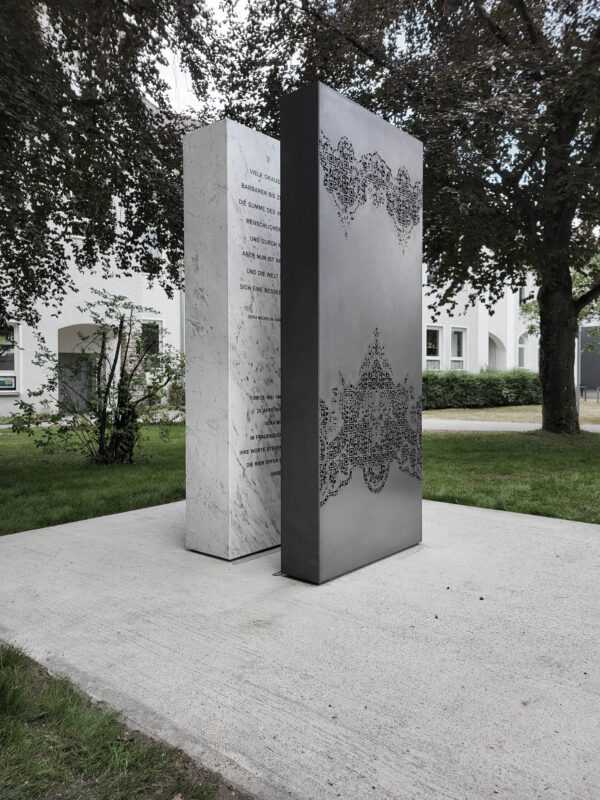
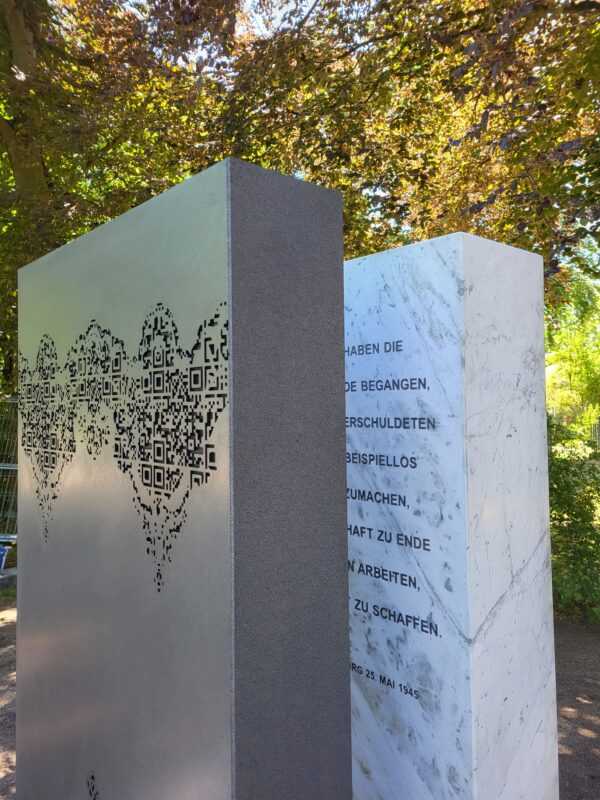


The SS (»Schutzstaffel«) under the leadership of Heinrich Himmler was envisioned as an elite paramilitary organisation of the National Socialist state. With Himmler’s takeover and reorganisation of the police, the SS became the regime’s central instrument of terror. In 1934, it was given control over all concentration camps. The Reich Security Main Office (RSHA), formed in 1939 as the planning centre for crimes in German-occupied Europe, was subordinated to it.